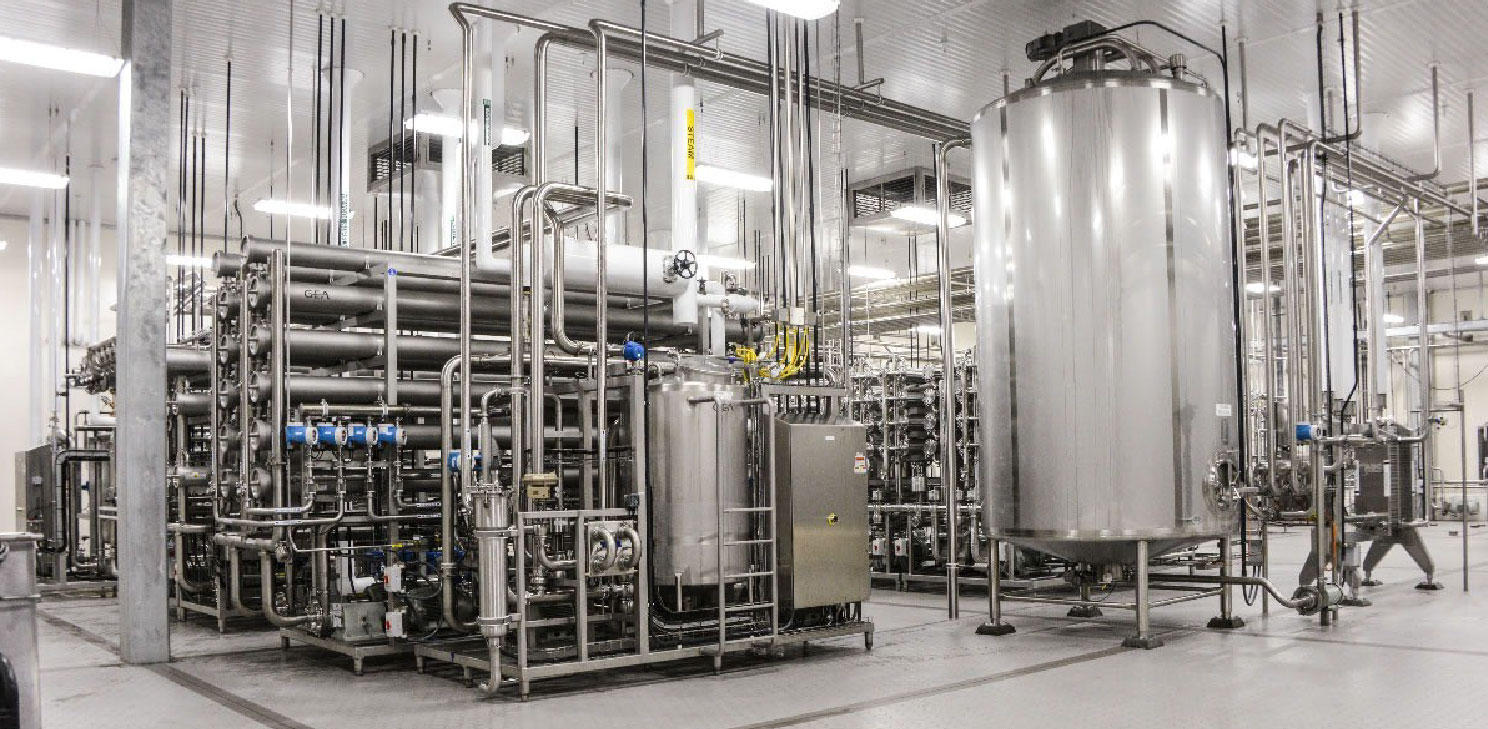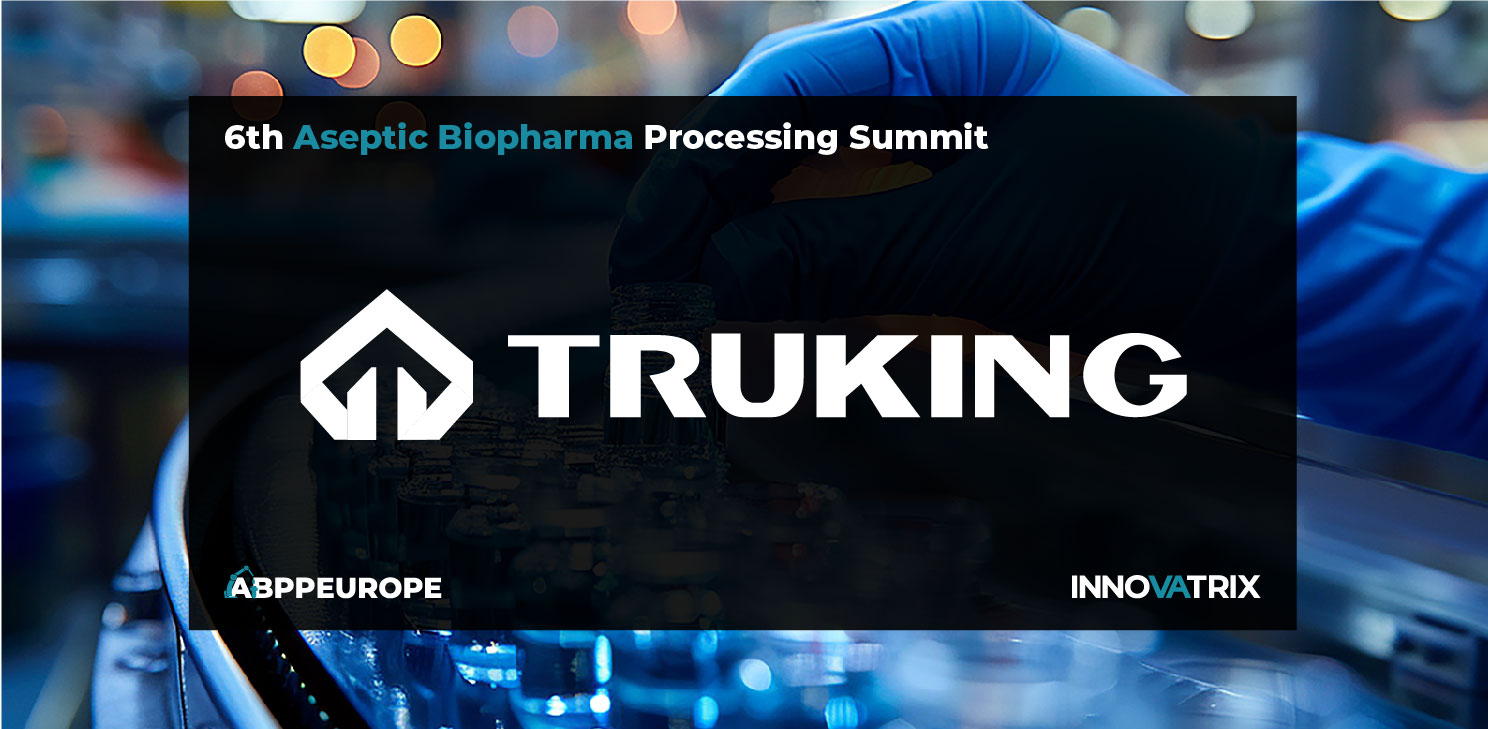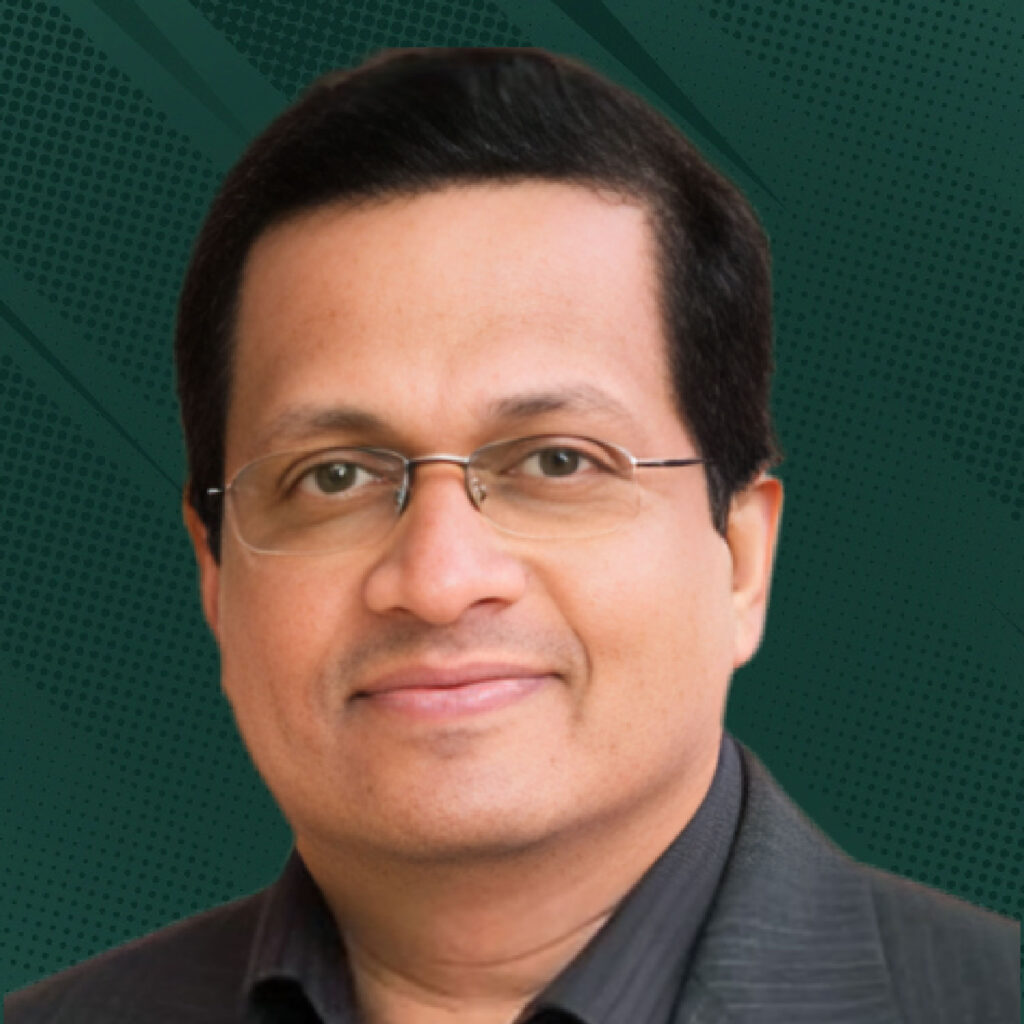Autonomous vehicles can use machine vision technology such as camera-assisted advanced driver assistance systems or radar, but only LiDAR (light detection and ranging) can create a 3D understanding of the environment, providing a vehicle with a dynamic, highly accurate map of anything within 400 meters.
LiDAR works by sending out laser pulses that reach a target, then bounce back to where a LiDAR sensor measures the time it took for the round trip. This enables the LiDAR system to create a point map that gives the exact location of everything within the reach of the laser beam. Since LiDAR systems use laser light from a moving source on the car to ‘see’, the technology is not dependent on ambient light and can function just as well at night as during the day.
Obstacles include sensor fusion, which requires integrating data from numerous sensors such as LiDAR, cameras, and radar to have a thorough picture of the surroundings. Each sensor has advantages and disadvantages so complex algorithms are required for precise perception. It is challenging for autonomous vehicles to function consistently in various settings due to the dynamic and unpredictable nature of real-world environments, which are influenced by weather, lighting, and terrain.
LiDAR technology helps in several ways to overcome these difficulties. First, it improves perception by providing high-resolution, 3D point cloud data of the surroundings in addition to camera and radar data. This accurate portrayal aids the perception system’s ability to make wise decisions. Second, LiDAR enables precise localisation by producing comprehensive maps that let vehicles pinpoint their location, essential for path planning and navigation. To improve fleet coordination and overall navigation efficiency, LiDAR’s 3D mapping capabilities make it possible to create highly accurate and updated maps that can be shared with other autonomous vehicles. LiDAR adds a layer of redundancy to the sensor suite, guaranteeing that the vehicle can keep running smoothly even if other sensors have problems or malfunction, increasing safety and dependability.
Innovatrix sponsor AutoL has LiDAR at the heart of its business strategy; their LiDAR enables Level 3 or higher autonomous vehicles to intricately scan and understand their 3D surroundings. The expertise and experience of the AutoL team, comprised of former automotive engineers, sets them apart from the rest. Leveraging AutoL’s proprietary high-sensitivity transmission and reception technology, they have significantly reduced the size and cost of LiDAR sensors while ensuring they meet the stringent durability requirements of the automotive industry.
LiDAR is essential for the next generation of autonomous off-highway vehicles due to its high-resolution 3D mapping, accurate perception, and localisation abilities. LiDAR technology is necessary in guaranteeing the safety and functionality of autonomous machinery. To connect with AutoL and a wide range of other exhibitors displaying their innovations for autonomous off-highway vehicles as well as attend talks by industry leaders, book your tickets to the DZOM EXPO, taking place at the Donald E. Stephens Convention Centre in Chicago, IL, on December 3–4, 2024.
For more information, visit our website or email us at info@innovatrix.eu for the event agenda.













